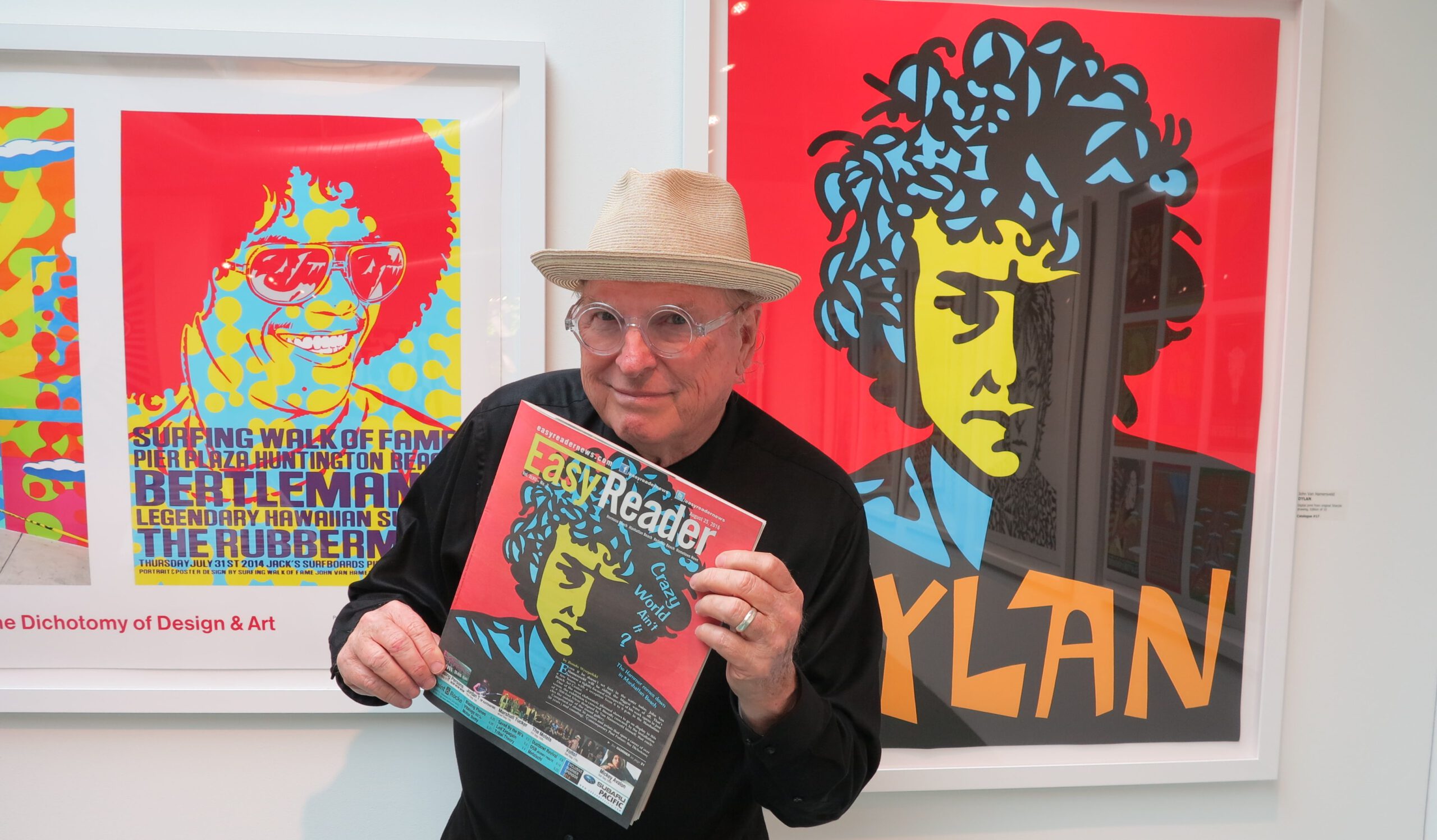A Chat With Iconic Illustrator & Graphic Designer John Van Hamersveld
Loved listening to the Beatles’ Magical Mystery Tour, the Grateful Dead’s Skeletons in the Closet, or the Rolling Stones’ Exile on Main Street albums? Ever look at the album covers and think the art encapsulated the counterculture mind-bending vibe of the musicians?
Van Hamersveld is the artist behind those album covers as well as over 400 album covers in the ’60s and ’70s. He also created posters for legendary musical talents like Jimi Hendrix, Bob Dylan, and many others. Hear from Van Hamersveld himself about designing memorable album covers and corporate politics.
The Westmoreland’s Curatorial Assistant, Bonnie C. West (BCW), interviewed John Van Hamersveld (JVH) to learn more about his life and work.
JVH: The most interesting part of my career is that around 60 years old, the graphic design thing kind of went away based upon the electronic world and all the schools having these design people who were on computers going into corporations. And so what happened to me is I had to really look at what was good, from the better part of my career, and so I went back to drawing.
BCW: I’m sitting here with a couple of your albums in front of me, and I noticed a difference in your style between The Beatles’ Magical Mystery Tour (1967) and The Rolling Stones’ Exile on Main Street (1972) albums, versus The Grateful Dead’s Skeletons from the Closet (1974). Was that around the time you were going back to drawing?
JVH: Well I was going back to drawing in 2000, but I was also going back to drawing in 1973 when I did the drawing of James Dean for the cover of Rolling Stone magazine, and that sort of started it. From there then came the Grateful Dead cover.
BCW: Seeing your hand in the drawing is so different than your graphic approach using images and photographs like in The Beatles and Rolling Stones covers.
JVH: The thing about the album covers is that in a way you’re in the trenches with probably about 20 people, right? Between the band and the management, the girlfriends and secretaries. It was really like a clump of people.
BCW: All in there while you’re designing it?
JVH: Yeah, while, I’m designing it. When I had a corporate job that was all handed to me and I just solved that, and took it to the Vice President. I had control that way. But when I had to go out and search for people and get involved with large groups of people, then it became very political.
BCW: Wow, that must have been an impossibly restrictive way of working and creating.
JVH: You know, it was quite an adventure the record business, though I always look back upon it is like an unbelievable psychic nightmare in a way.
